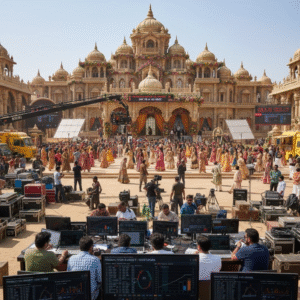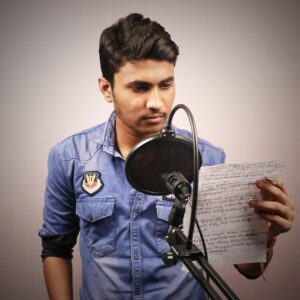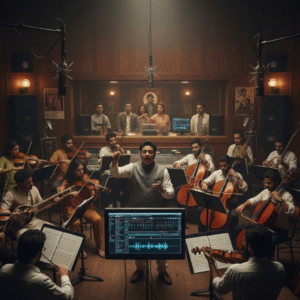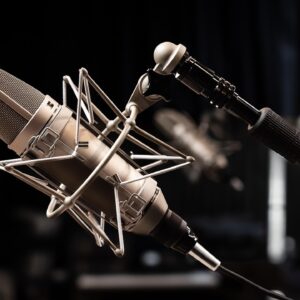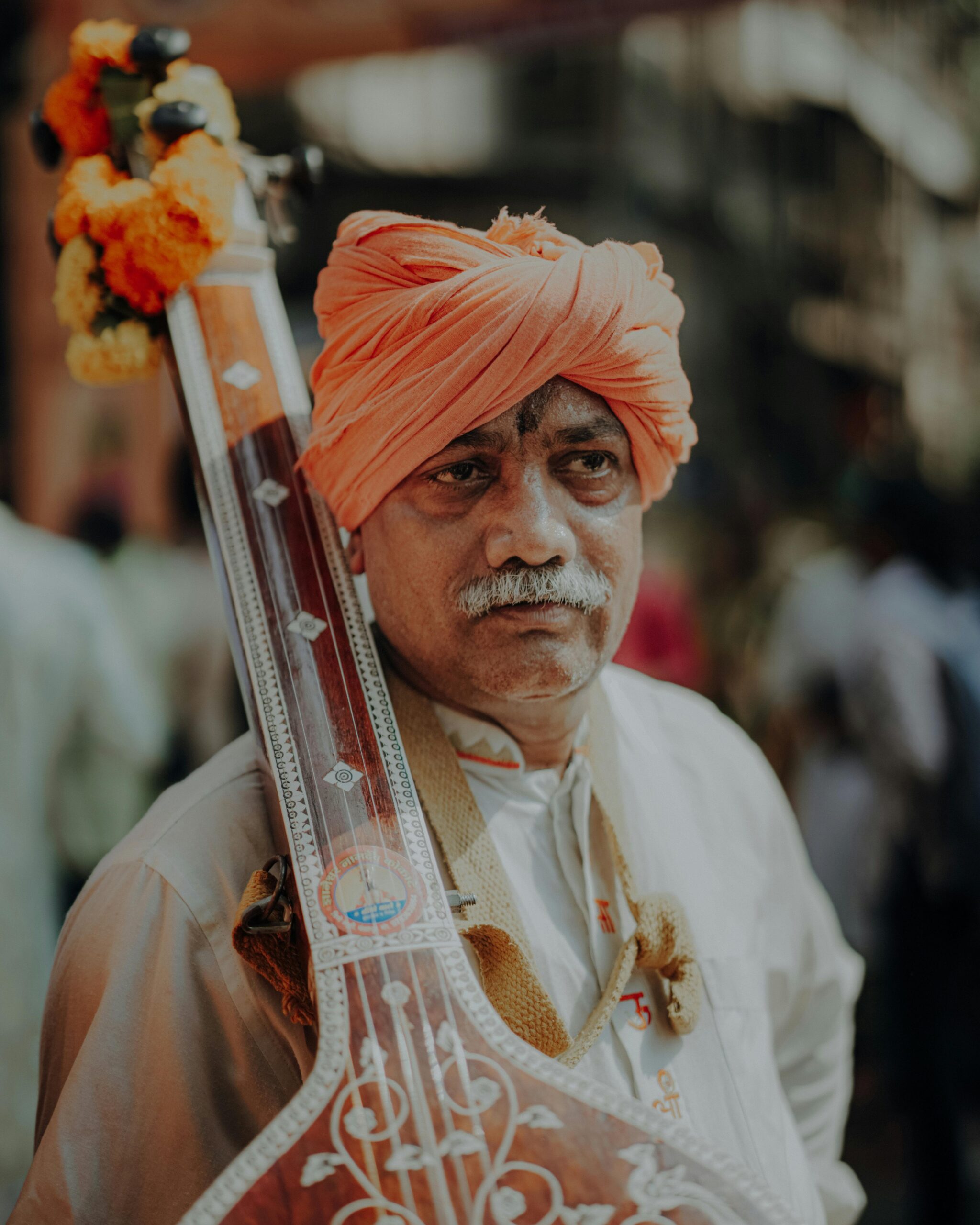The Decline of Musical Experimentation in the 2020s
Mumbai – 2025
Listen to five back-to-back songs from recent Hindi films, and a troubling pattern emerges—similar beats, recycled drops, interchangeable vocals, and a lack of sonic identity.
Whether it’s a romantic ballad, a party track, or a supposedly “folk” tune, Bollywood’s music today often feels algorithmically produced—catchy, polished, but curiously hollow.
As regional music industries and independent artists evolve with bold new sounds, many are asking:Why is mainstream Hindi film music stuck in repetition?
The Algorithm Over the Artist
One major factor behind this sonic sameness is theinfluence of digital platforms.
Spotify, YouTube, Instagram Reels, and JioSaavn now drive music success through metrics like:
- Skip rate
- Stream-to-save ratio
- Loop potential on short-form video platforms
To game this system, producers opt for:
- Familiar chord progressions
- Trending lyrical patterns
- Safe vocal ranges
- Predictable hook lines
As a result, originality often takes a back seat toplatform optimization.
Over-Reliance on a Handful of Voices
From 2020–2024, nearly65% of top-streamed Bollywood tracksfeatured a small group of vocalists:Arijit Singh,Shreya Ghoshal,Neha Kakkar,Jubin Nautiyal, andB Praak.
While each of them is immensely talented, the lack ofdiversity in vocal timbreandstylistic innovationhas led to ablurring of musical identity across films.
Playback singing, once a space for unique vocal personalities—from Yesudas to Udit Narayan—has becomevocally homogenous.
The Composer-Producer Disconnect
Another contributor is the dilution of themusic director’s authority.
In earlier decades, composers likeR.D. Burman,Ilaiyaraaja, orA.R. Rahmanhelmed entire albums with narrative integration.
Today, many film albums aresplit among multiple producers, with music decisions made inboardrooms, not studios.
- One composer for the teaser track
- Another for the romantic ballad
- Yet another for the item number
The result?No cohesive musical vision—just isolated audio marketing tools.
Remixes and Reboots: A Creative Dead-End
Between 2021 and 2023, over 40% of mainstream Hindi film songs were remixes, covers, or reboots.
Tracks likeTip Tip Barsa Paani,Yeh Kaali Kaali Aankhein, andTumse Milkewere reintroduced—but rarely reimagined.
Thisover-mining of nostalgiacomes at the cost of discovering new melodies, genres, and lyricists.
Indie & Regional Contrast
While Bollywood plays safe,Punjabi, Tamil, and Malayalam music industrieshave been more experimental:
- Punjabi artists blend trap, folk, and soul
- Tamil composers like Anirudh and Santhosh Narayanan mix rock, classical, and EDM
- Malayalam music offers lyrical minimalism with atmospheric layering
In comparison,Bollywood’s musical identity in the 2020s is increasingly generic, urban, and unchallenging.
The Way Forward: Risk, Roots, and Reinvention
For Hindi film music to regain cultural depth, it must:
- Empower composers with full-album control
- Experiment with instruments, raags, and regional sounds
- Diversify the pool of lyricists and singers
- Value sonic storytelling—not just viral strategy
A Crisis of Originality
Today, Bollywood music sounds the same not because the talent is lacking—but becausethe system is afraid to sound different.
Until risk becomes a creative value again, we may continue to hum the same melody under different names.
The audience is ready. The algorithms can wait.






